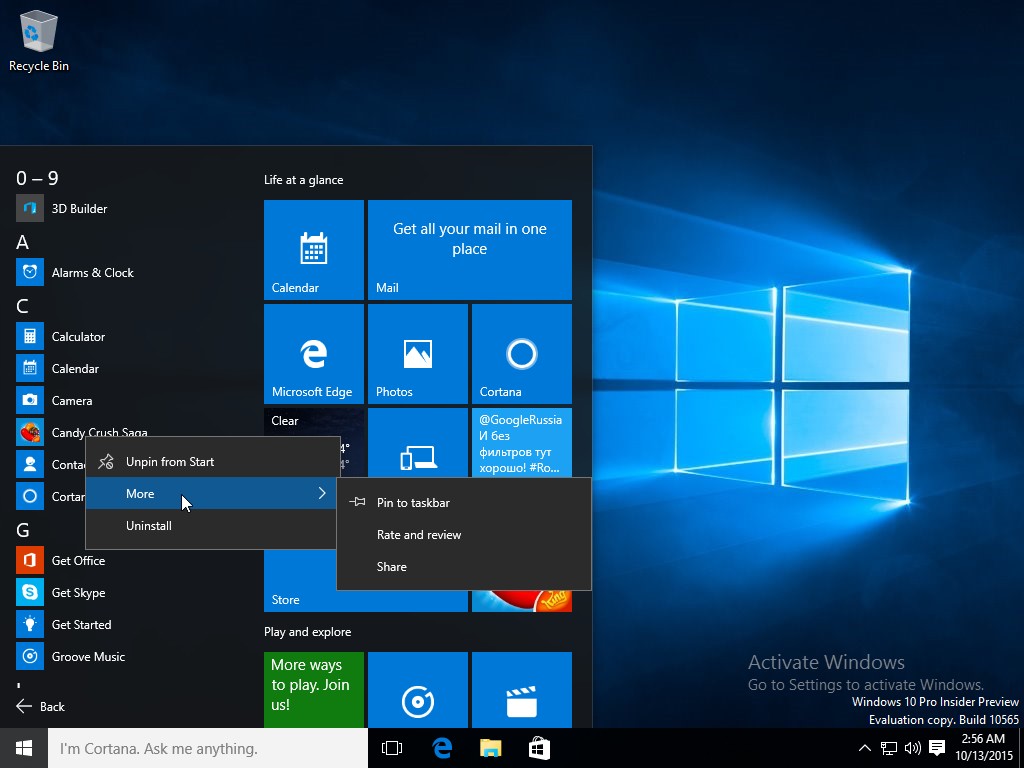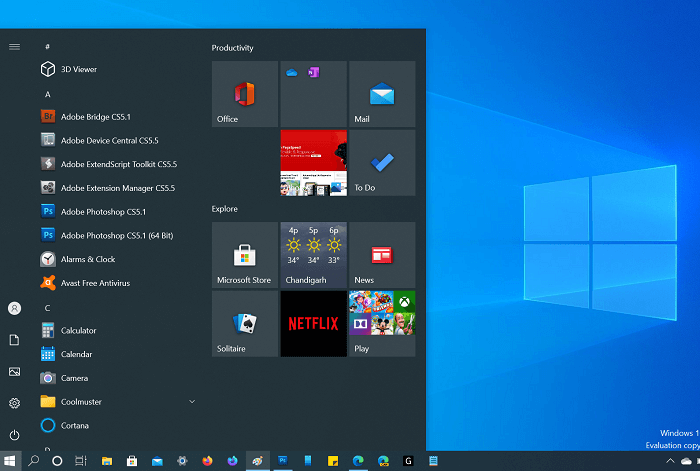

Use a text or XML editor to change DesktopApplicationLinkPath to DesktopApplicationID. url links, Export-StartLayout will use DesktopApplicationLinkPath in the resulting file. If the Start layout that you export contains tiles for desktop (Win32) apps or. When you make changes to the exported layout, be aware that the order of the elements in the. xml file to add a taskbar configuration or to modify the exported layout. On a device running Windows 10, version 1809 or higher, run the Export-StartLayout with the switch -UseDesktopApplicationID. On a device running Windows 10, version 1607, 1703, or 1803, at the Windows PowerShell command prompt, enter the following command: While signed in with the same account that you used to customize Start, right-click Start, and select Windows PowerShell. If you include secondary Microsoft Edge tiles (tiles that link to specific websites in Microsoft Edge), see Add custom images to Microsoft Edge secondary tiles for instructions. Start layout is located by default at C:\Users\username\AppData\Local\Microsoft\Windows\Shell\ When you have the Start layout that you want your users to see, use the Export-StartLayout cmdlet in Windows PowerShell to export the Start layout to an. In earlier versions of Windows 10, no tile would be pinned. Some system events may cause the blank tiles to be removed before the next sign-in. The blank tiles will persist until the next time the user signs in, at which time the blank tiles are removed. In Windows 10, version 1703, if the Start layout includes tiles for apps that are not installed on the device that the layout is later applied to, the tiles for those apps will be blank. To name a group, click above the group of tiles and then type the name in the Name group field that appears above the group. To resize tiles, right-click the tile and then click Resize.Ĭreate your own app groups. To unpin an app, right-click the app, and then click Unpin from Start.ĭrag tiles on Start to reorder or group apps. Unpin apps that you don't want to display. Right-click any app, and pin or unpin it from Start. To view all apps, click All apps in the bottom-left corner of Start. When the app appears in the search results, right-click the app, and then click Pin to Start. Sign in to your test computer with the user account that you created.Ĭustomize the Start layout as you want users to see it by using the following techniques:
#Customize windows 10 start menu install#
Install all apps and services that the Start layout should display.Ĭreate a new user account that you will use to customize the Start layout. Your test computer should have the operating system that is installed on the users' computers (Windows 10 Pro, Enterprise, or Education). Set up a test computer on which to customize the Start layout. To prepare a Start layout for export, you simply customize the Start layout on a test computer. Windows Configuration Designer provisioning packageĬustomize the Start screen on your test computer xml file to devices using one of the following methods: Partial Start layout is only supported on Windows 10, version 1511 and later.

When a partial Start layout is applied, the contents of the specified tile groups cannot be changed, but users can move those groups, and can also create and customize their own groups. Users can view and open all apps in the All Apps view, but they cannot pin any apps to Start.
#Customize windows 10 start menu full#
When a full Start layout is applied, the users cannot pin, unpin, or uninstall apps from Start. The easiest method for creating a customized Start layout to apply to other Windows 10 devices is to set up the Start screen on a test computer and then export the layout.Īfter you export the layout, decide whether you want to apply a full Start layout or a partial Start layout. Looking for consumer information? See Customize the Start menu


 0 kommentar(er)
0 kommentar(er)
